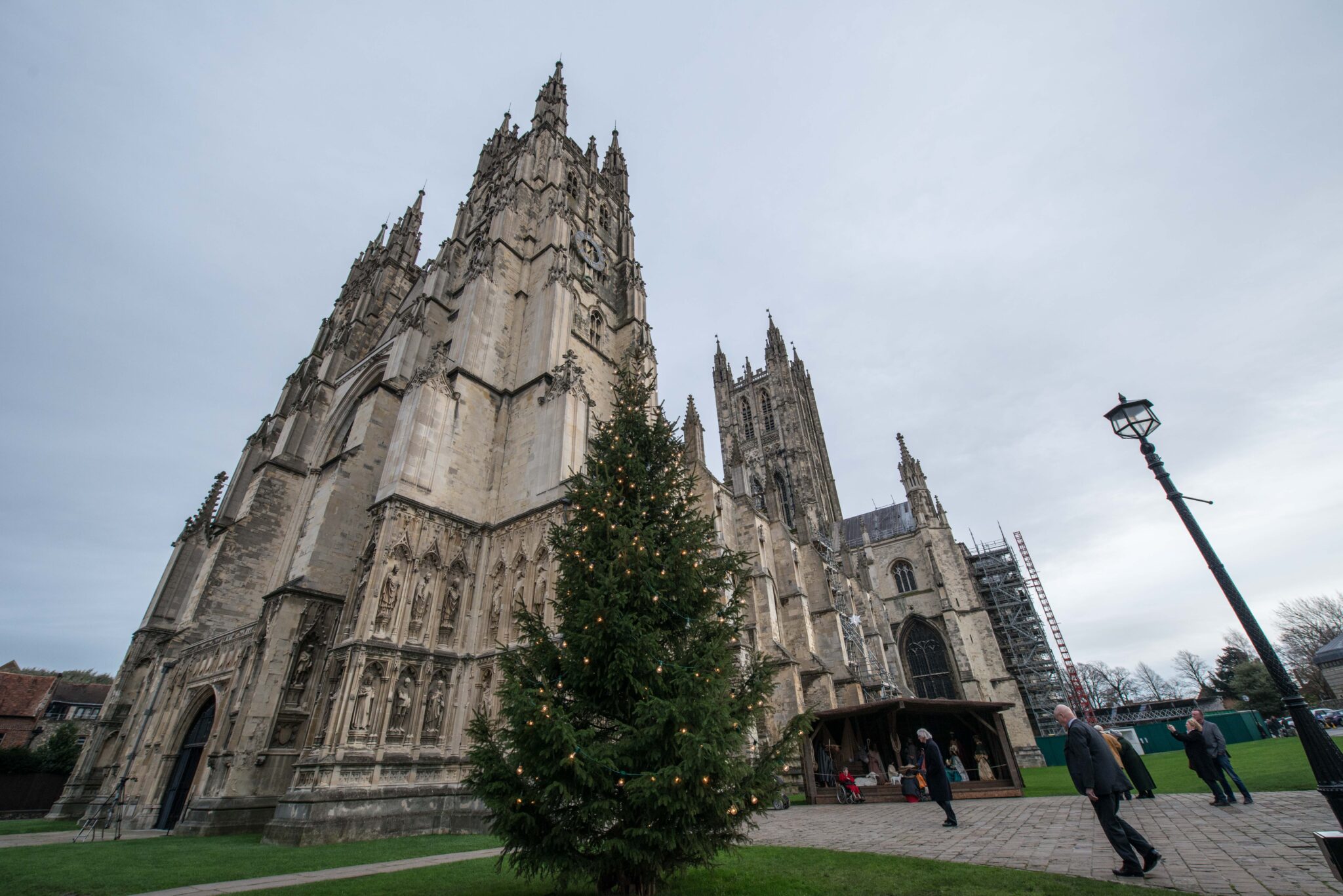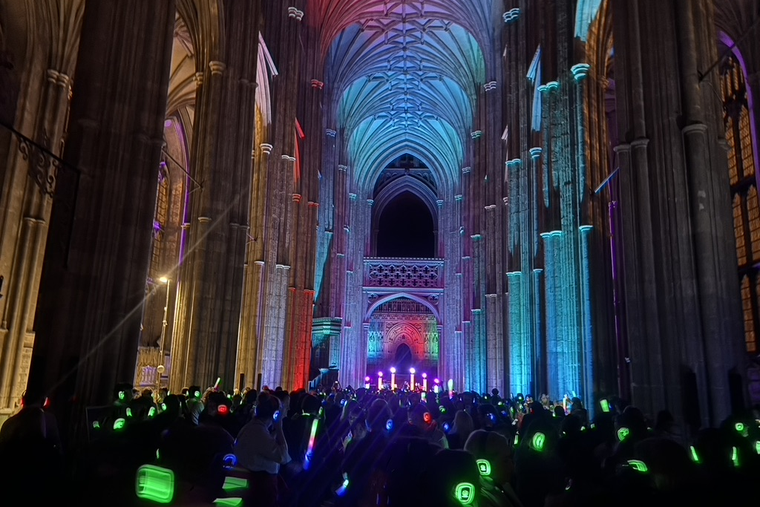- Feb 5, 2002
- 166,616
- 56,253
- Country
- United States
- Faith
- Catholic
- Marital Status
- Married
- Politics
- US-Others
I HAVE COMPLEX AND PROFOUND FEELINGS of affection and protection for Canterbury Cathedral. I grew up in her shadow during my teenage years, having been sent to the Cathedral school that surrounds her.
For five years I lived beside and around her. As I explored her almost daily, a relationship between us developed. Like a person she had different aspects to her character. Parts of her were “easy-access”, and other parts were intense and complex. The intense and complex places were where the scent of holiness had grown and the atmospheric pressure was somehow more intense.
I was seduced first by music.
As a choral scholar I had to sing in liturgies I wouldn’t otherwise have bothered with. But in the depths of the Crypt, after battling through the darkness of early morning fog before dawn, I found myself singing mysterious haunting plainsong as part of the most exquisite liturgy –while the Eucharist was celebrated (by Anglican ministers) at an ancient Catholic altar. The candlelit darkness was full of “presence”, and somehow the music acted as a key that opened the pores of my adolescent soul.
It didn’t occur to me to ask myself if I believed or not. God was present. The place was infused in Him and by Him. Stone, soaked in prayer, become soft like a sponge and irradiated the present with the prayers and adoration of the past. It was TS Eliot who mused on the perichoresis of time, and the past in some mysterious way seeping deeply into the present there.
In the Crypt, one Sunday evening, I first met the Mother of God as a clergyman talked effectively about Mary. He described the quality of sacrificial love which keeps faith in the face of pain and dereliction, expressed as she kept watch at the Crucifixion. I understood and I found myself scribbling in response a small near-haiku poem which I have never forgotten. It emerged from my heart even if my head was a long way behind:
If ever I am to love, or be loved,
then let there be a cross,
with a foot to be filled…
And so began the seeds of a longing for Our Lady that only broke surface when decades later I became a Catholic. My life was like the Cathedral’s in reverse: I had begun as an Anglican and had to journey back to the foundations of the Faith, reversing the flow of national time, to put things back in order where faith had gone wrong.
Continued below.

 catholicherald.co.uk
catholicherald.co.uk
For five years I lived beside and around her. As I explored her almost daily, a relationship between us developed. Like a person she had different aspects to her character. Parts of her were “easy-access”, and other parts were intense and complex. The intense and complex places were where the scent of holiness had grown and the atmospheric pressure was somehow more intense.
I was seduced first by music.
As a choral scholar I had to sing in liturgies I wouldn’t otherwise have bothered with. But in the depths of the Crypt, after battling through the darkness of early morning fog before dawn, I found myself singing mysterious haunting plainsong as part of the most exquisite liturgy –while the Eucharist was celebrated (by Anglican ministers) at an ancient Catholic altar. The candlelit darkness was full of “presence”, and somehow the music acted as a key that opened the pores of my adolescent soul.
It didn’t occur to me to ask myself if I believed or not. God was present. The place was infused in Him and by Him. Stone, soaked in prayer, become soft like a sponge and irradiated the present with the prayers and adoration of the past. It was TS Eliot who mused on the perichoresis of time, and the past in some mysterious way seeping deeply into the present there.
In the Crypt, one Sunday evening, I first met the Mother of God as a clergyman talked effectively about Mary. He described the quality of sacrificial love which keeps faith in the face of pain and dereliction, expressed as she kept watch at the Crucifixion. I understood and I found myself scribbling in response a small near-haiku poem which I have never forgotten. It emerged from my heart even if my head was a long way behind:
If ever I am to love, or be loved,
then let there be a cross,
with a foot to be filled…
And so began the seeds of a longing for Our Lady that only broke surface when decades later I became a Catholic. My life was like the Cathedral’s in reverse: I had begun as an Anglican and had to journey back to the foundations of the Faith, reversing the flow of national time, to put things back in order where faith had gone wrong.
Continued below.

Rave in the Nave at Canterbury: if the Church of England doesn't know what its cathedrals are for, can we have them back? - Catholic Herald
I HAVE COMPLEX AND PROFOUND FEELINGS of affection and protection for Canterbury Cathedral. I grew up in her shadow during my teenage years, having been sent to the Cathedral school that surrounds her. For five years I lived beside and around her. As I explored her almost daily, a relationship...
 catholicherald.co.uk
catholicherald.co.uk

